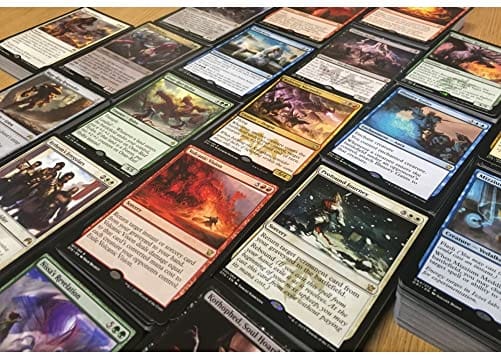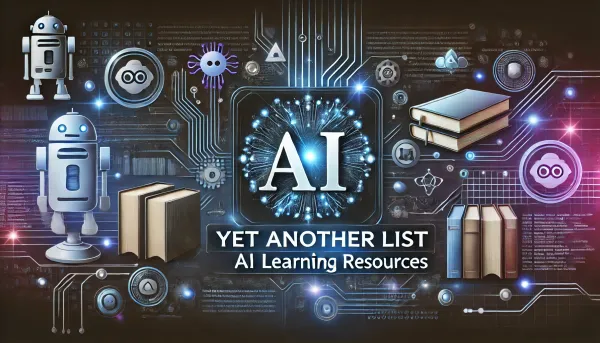Notes on "Ultralearning"

Ultralearning: Master Hard Skills, Outsmart the Competition, and Accelerate Your Career by Scott Young is all about how to learn things well and quickly.
In summary, ultralearning = specific goal + specific benchmark + specific timeframe + significant upfront and periodic investment in learning how to learn + intense amount of time + spaced schedule based on spaced repetition + deep focus + directness + drills targeted at your specific weaknesses + feedback + building up fundamental understanding + experimentation + maintenance or re-learning. A good strategy, and much easier said than actually done.
To expand on this:
- First you need to define your project. What do you want to learn? How will you know if you learned it? It is good to start with a rather specific goal, a relevant benchmark, and an achievable timeframe.
- The second step before learning the skill is to spend a significant amount of time learning how to learn it. What materials and strategies should you use and in what order? Most people don’t spend any time on this step, but it is critical to a successful ultralearning project. One good way to figure out is by asking someone who has already achieved success in the thing you are learning or by taking an existing curriculum and modifying it to suit your path to your benchmark. Young recommends investing about 10% of the total ultralearning project time into this step. While most of this step is upfront, it should also be repeated periodically as you learn more about resources and strategies by doing the actual learning.
- Carve out time. When are you going to do it? It’s important to be self-directed and intense, which is easier said than done. An ultralearning project is a big commitment and a lot of ultralearning projects have been full-time projects… an hour a week doesn’t seem to cut it. However, instead of quitting your job to learn, ultralearning could be done within a sabbatical or vacation, done with dedicated and intense but part-time effort (e.g., an hour a day), or done as an upgrade to a learning project you are already doing (e.g., job-relevant training).
- Now for the actual learning. Young emphasizes directness, or the principle that the best way to learn to do something is to do the thing (e.g., if you want to learn Chess, spend a lot of time actually playing games of chess; if you want to learn to speak French, spend a lot of time having conversations in French). However, it is also important to drill, where you systematically identify your own weakest points and create and do specific practices to shore up those weaknesses. Learning progress is made faster by being able to quickly identify and diagnose your own errors.
- To attain directness, it can frequently be good to do a project (e.g., if learning computer programming, aim to make specific computer programs), do immersion (e.g., if trying to learn French, go to Paris for a month; if trying to learn computer programming, join and regularly contribute to an open source project), and practice overkill where you do something harder than you actually need to do to attain the skill. If you’re ultralearning something academic (e.g., calculus), a good learning technique is to regularly take tests and then grade yourself.
- For drills, it is helpful to isolate individual components or sections and practice those. For example, try playing one part of a song or learn art by copying other people’s art and modifying it slightly. It can also be good (depending on what you are learning) to start out by doing something hard, fail, see what made you fail, and focus on that (e.g., take the test for a class you haven’t yet learned, play a harder than usual song).
- While learning, it is important to be able to achieve focus. This involves a lot of deep work principles, like identifying distractions and eliminating them and optimizing your work / learning environment. This can also help build perseverance -- when you encounter a hard problem that you want to give up on, try working on it for just a little bit longer.
- While an intense schedule is a key part of ultralearning, how you set up the schedule is also important. Young explains the principle of spaced repetition where memory is enhanced by repeated and periodic exposure to the material following breaks. For example, it is better to spend an hour every day than seven hours in a row once a week. Cramming doesn’t work. If doing a multiple hour learning session, it is good to take short breaks between hours and focus on different aspects of the skill in each hour. You could also consider even smaller sessions (e.g., two 20min sessions each day) depending on the skill.
- And that’s basically it. Now the learning unfolds! Along the way, try to get lots of feedback from your learning progress and from others, even if it can be harsh and uncomfortable. However, beware the risk of changing too much based on any single piece of feedback. Also, make sure to seek out more than just feedback on whether you are progressing toward your benchmark - you also need granular feedback on specific subcomponents of your skill so you can improve them.
- Along the way, your goal should be to try to build a fundamental understanding via intuition rather than rely on cheap memorization tricks. Learn by recreating the work and results of others for yourself, ask stupid questions, and learn by explaining things to others (e.g., this blog post about ultralearning).
- It helps to experiment. Change up learning resources (different media and materials), technique, and style. Compare methods side-by-side. Learn by copying a wide variety of others and compare differences. Explore the extremes.
- After you are done with your ultralearning project, you then have to decide how you want to maintain the skill. The amount of maintenance can vary a lot -- skills related to learned procedures need very little maintenance at all (e.g., riding a bike) but declarative knowledge (e.g., calculus) can often be forgotten quickly. Ideally, some parts of what you learned can be integrated into your daily life. Otherwise, you either need to practice occasionally to deliberately maintain the skill or try to re-learn the skill later as needed. Frequently re-learning is usually overall less costly and luckily re-learning tends to go faster than the original learning.



